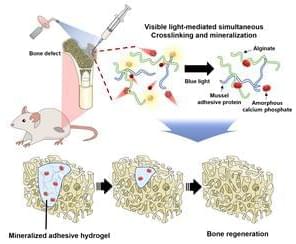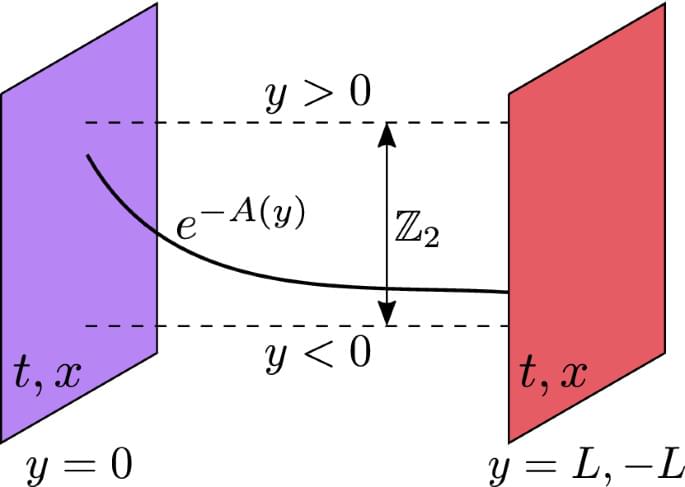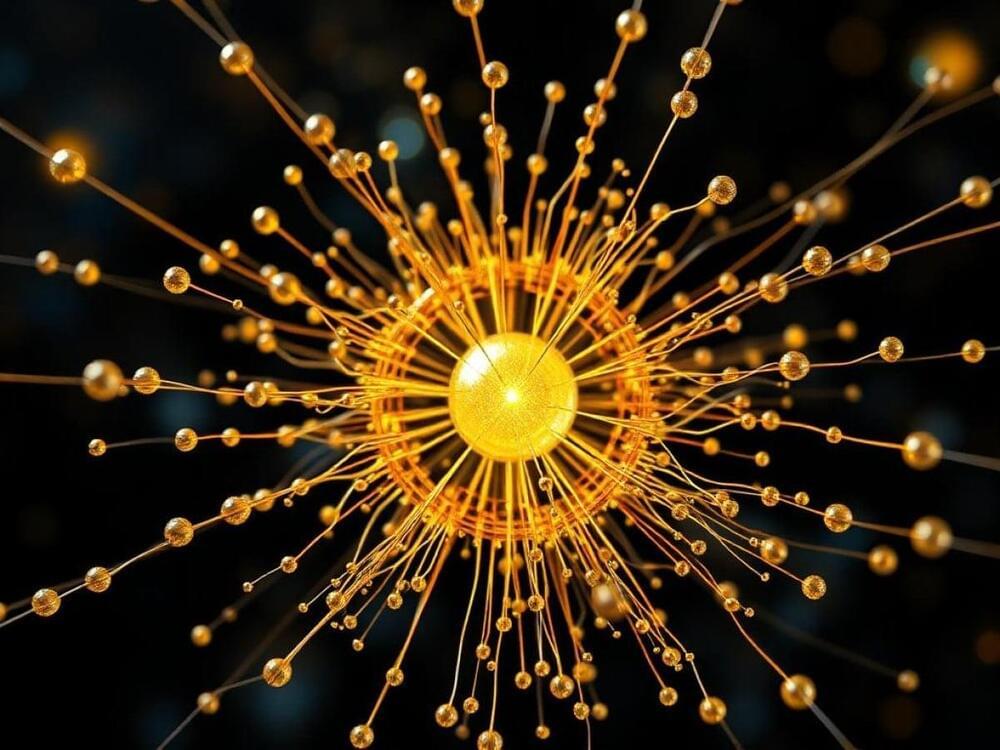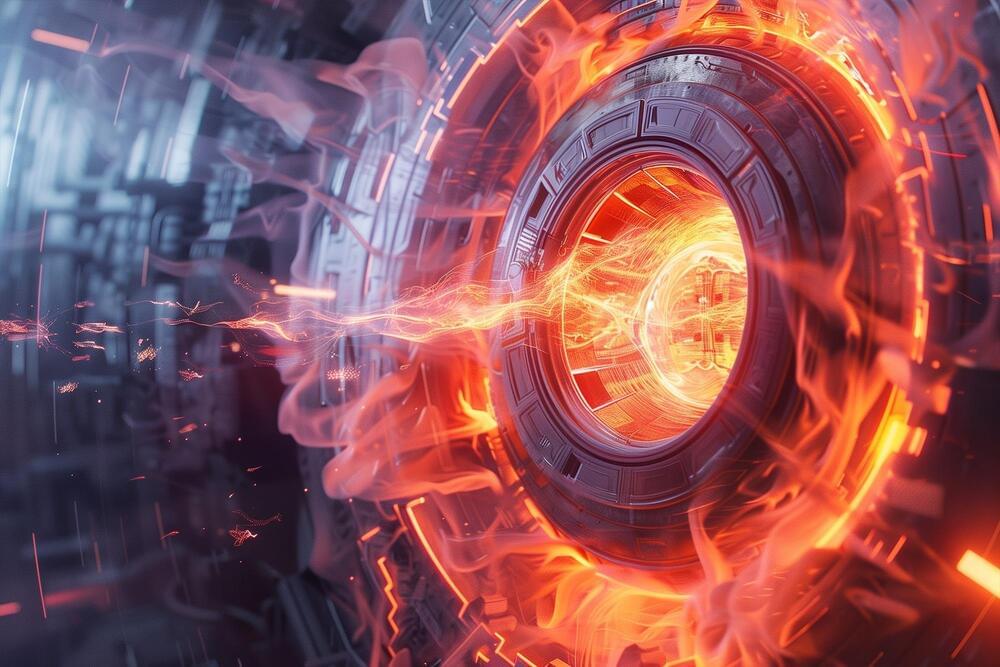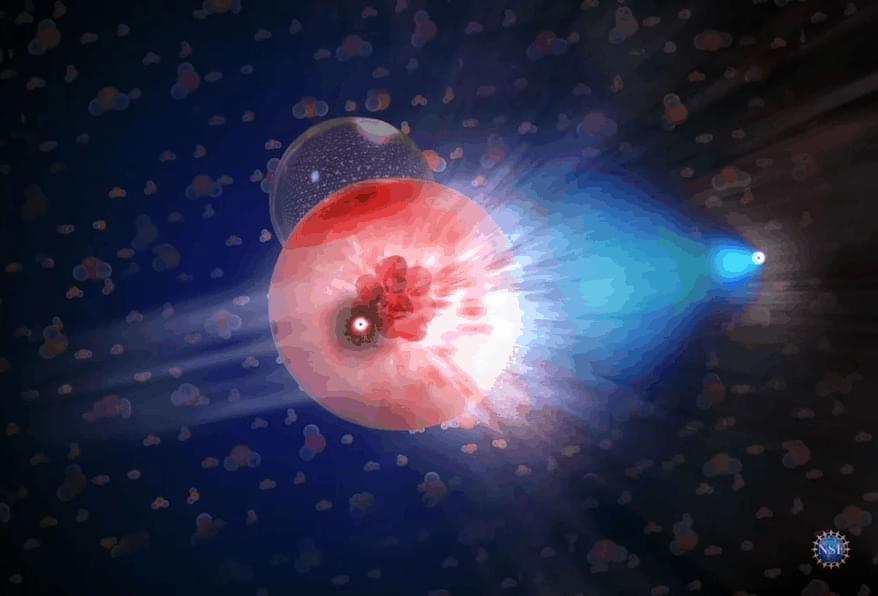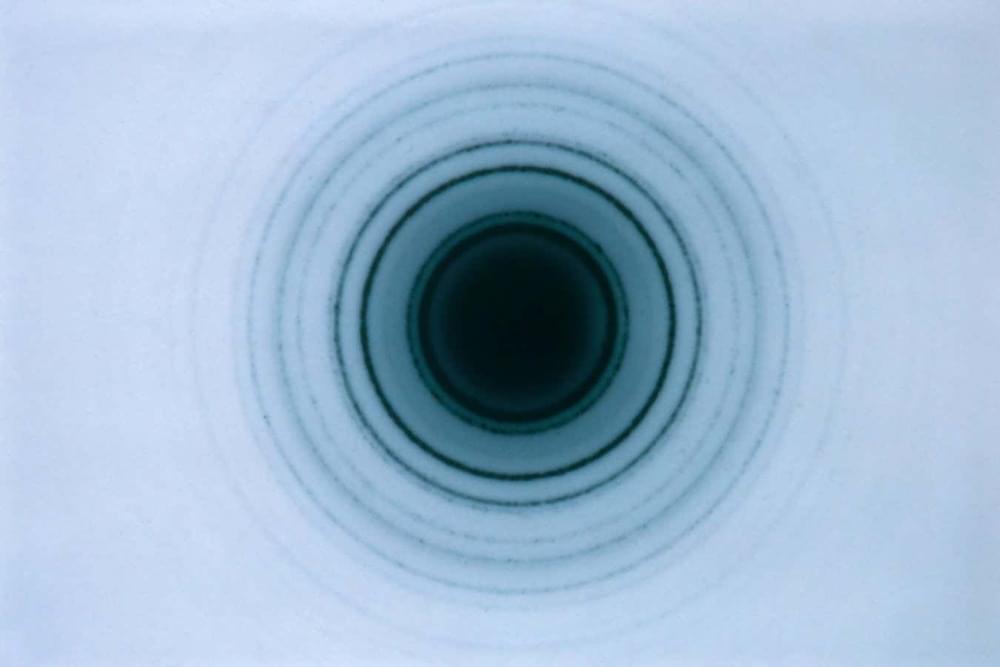Oregon State University researchers have found luminescent nanocrystals with fast light-dark switching capabilities.
“The extraordinary switching and memory capabilities of these nanocrystals may one day become integral to optical computing – a way to rapidly process and store information using light particles, which travel faster than anything in the universe,” said Artiom Skripka, assistant professor in the OSU College of Science.
The race for faster, more efficient computing is on. And now, scientists have taken a significant leap forward with the discovery of a unique type of nanocrystal.
This has the potential to accelerate artificial intelligence and data processing speed, while also enhancing energy efficiency.
